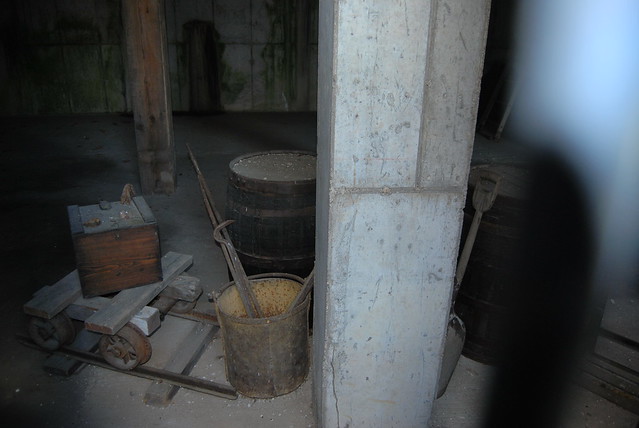You usually don’t associate the word “fort” with the American
Midwest, let alone the upper Midwest . Sure
they exist, even in Iowa ; places like Fort Madison ,
Fort Atkinson
and Fort Dodge .
These fortified structures provided a place of safety, collection of a garrison
and exerted regional control over the expanding territory as the United States
pushed over the continent.
 We learn about the major events in our country’s history in
school but rarely does the material detail the
We learn about the major events in our country’s history in
school but rarely does the material detail the
So it’s little wonder that while traveling just outside of Iowa near Sinsinawa , Wisconsin (an unincorporated community just a few miles
east of Dubuque , Iowa
Extreme southwest Wisconsin
consists of rolling prairie hills. Prominent at Sinsinawa is a conical hill
that dramatically rises off the landscape and is topped off by a crown of
trees.
Early settlers farmed and raised livestock in the area –
much like the practices today. Lead was mined and smelted on the mound. When Sac (Sauk) and Fox factions threatened the well being of settlers a fort was constructed.
Local resident, later one of the first two Iowa Senators, George Wallace Jones
built this structure.
A display sign at the fort reads, “In the spring of 1832, at
the outbreak of the Black Hawk War, I built a log fort or block house for the
protection of my family…and neighbors.”
While I have not fully investigated the stone structure, it
is obvious that the building was recently preserved with concrete flooring and
column supports. The interior displays old lead mining equipment.
I have marked this as a subject to more fully explore. To
make it even more fascinating is the fort’s assimilation with the buildings of the
Sinsinawa Dominican Congregation of the Most Holy Rosary. The site is motherhouse
for 600 sisters who conduct educational training and spiritual relationships –
just steps outside the fort.


No comments:
Post a Comment